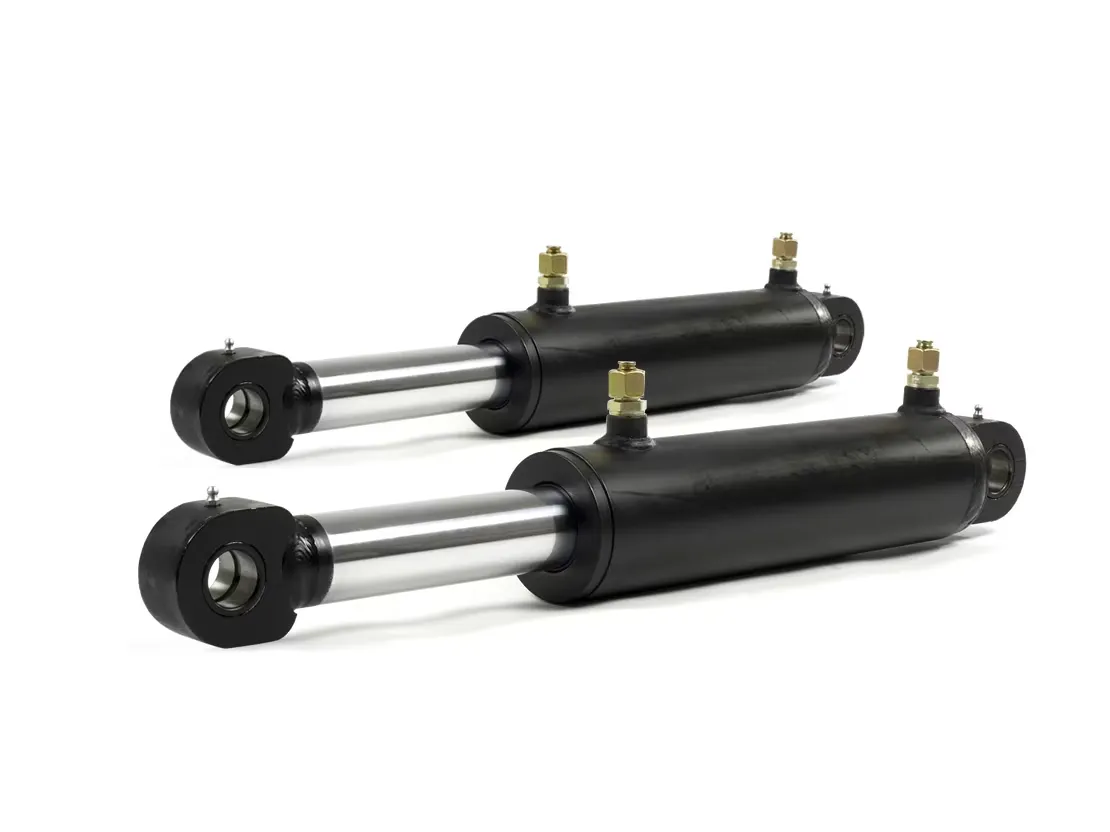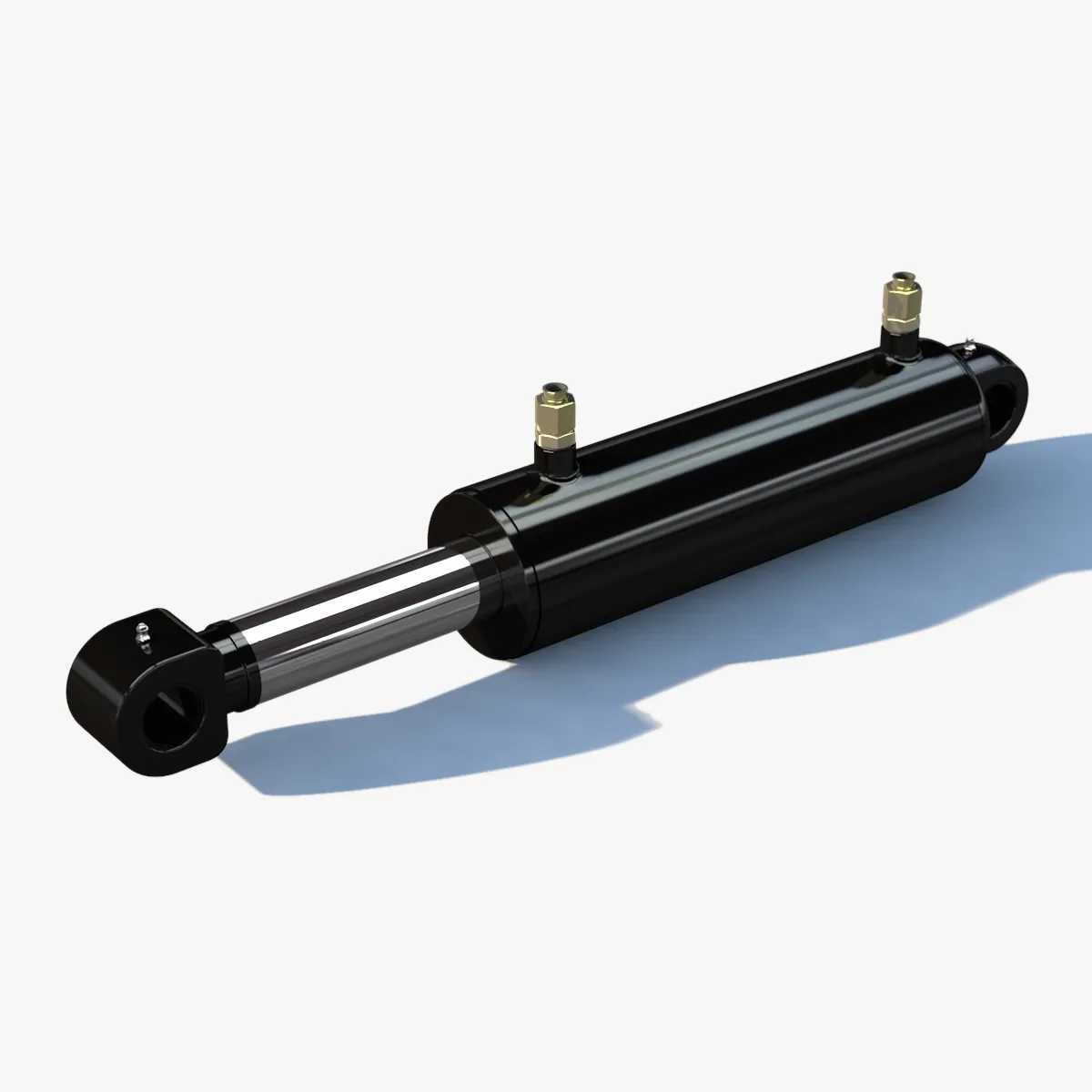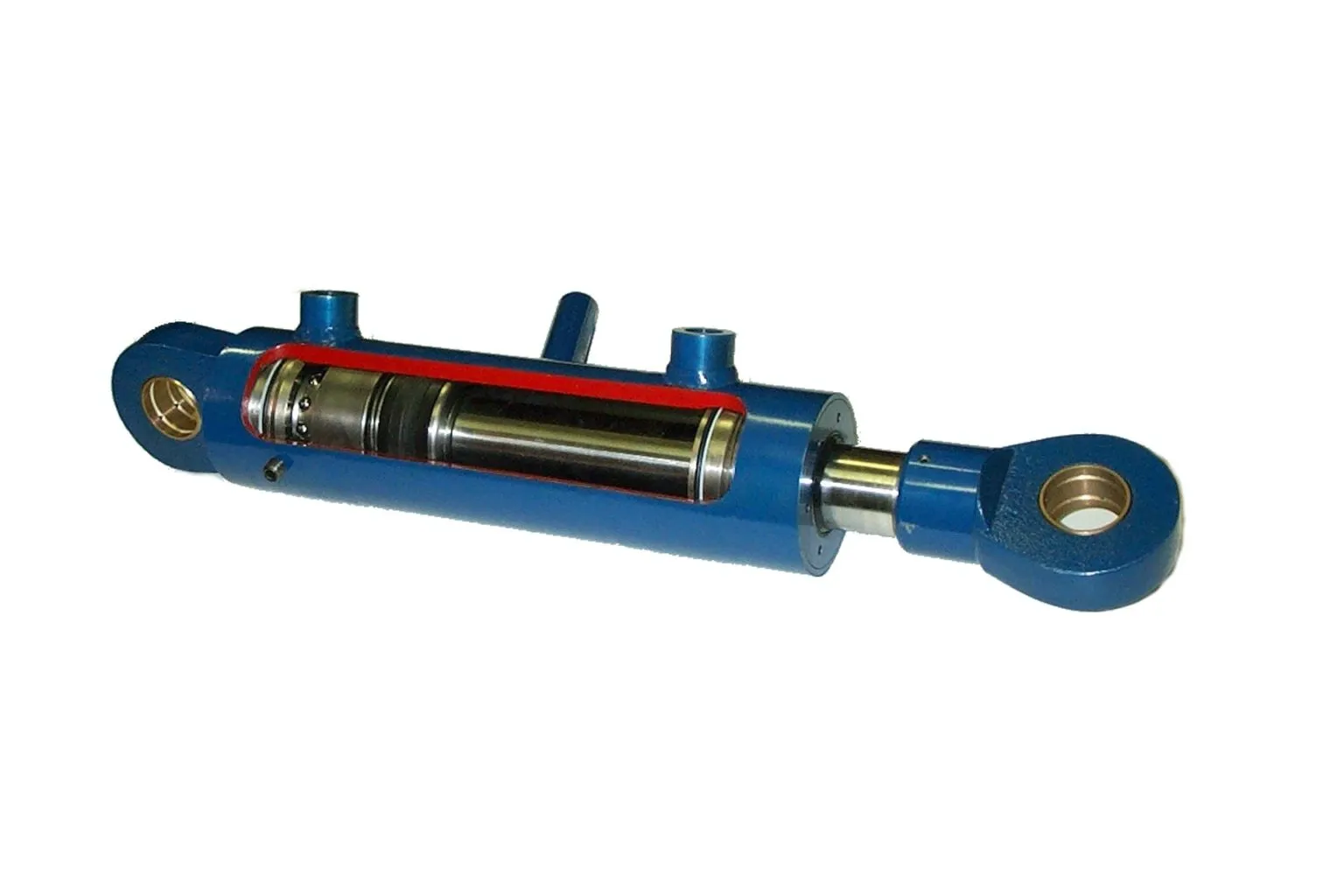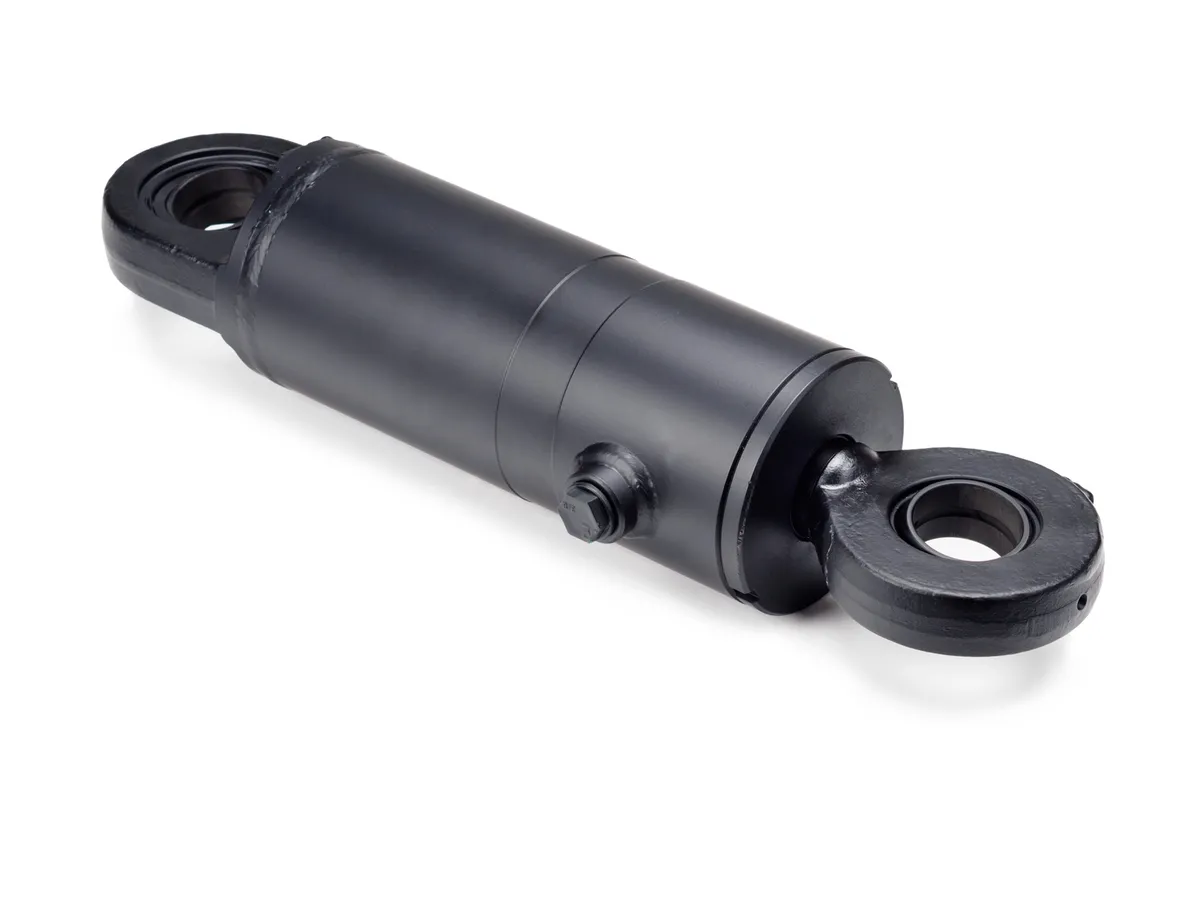Exploring the Versatile Applications of Spring-Return Single-Acting Hydraulic Cylinders
Introduction to Spring-Return Single-Acting Hydraulic Cylinder
In the realm of hydraulic systems, the spring-return single-acting oil cylinder stands out as a pivotal component. This hydraulic cylinder harnesses the power of hydraulic oil to expand its piston, allowing for precise movements in various applications. When the pressure is released, a built-in spring mechanism automatically retracts the piston, ensuring efficient operation.
Design and Construction Characteristics
- Single-Acting Structure: This type of hydraulic cylinder operates in one direction through hydraulic oil pressure, with the return function relying on the spring mechanism.
- Spring Selection: Choosing the right spring is crucial to ensure prompt and complete piston reset after pressure release.
- Sealing Design: High-quality seals are utilized to prevent oil leakage, enhancing system efficiency and safety.
- Strength and Durability: High-strength materials, such as steel, are chosen to withstand high pressures and impacts.
Construction and Assembly Process
The assembly process of a spring-return single-acting hydraulic cylinder demands precision and attention to detail. Components must be meticulously aligned, particularly the piston and cylinder block, to minimize friction and wear. Welding and mechanical connections must be robust to prevent leaks or failures under pressure. Rigorous testing and calibration ensure optimal performance before deployment.
Working Principle
The operation of a spring-return single-acting hydraulic cylinder is straightforward yet effective. When hydraulic oil enters the cylinder, it propels the piston outward against the load. Upon pressure release, the spring mechanism pulls the piston back to its original position, completing the operational cycle.
Types and Configurations
Spring-return single-acting hydraulic cylinders come in various types and configurations, each tailored to specific applications. Whether it’s a telescopic design, plunger type, or block cylinder, these versatile components offer solutions for diverse hydraulic needs.
Key Benefits
- Safety: Automatic reset feature enhances operational safety by preventing accidental drops or loss of control.
- Simplicity: Easy-to-understand design reduces points of failure, simplifying maintenance and repairs.
- Cost-Effective: These cylinders are economical alternatives to complex systems, suitable for a wide range of applications.
- Flexible Operation: Ideal for applications requiring one-way thrust and simple reset, such as hydraulic jacks and mechanical presses.
Application Scenarios

From industrial machinery to agricultural equipment, spring-return single-acting hydraulic cylinders find utility in various sectors. Whether it’s improving production efficiency in press operations or enhancing safety in automotive maintenance, these components play a vital role in diverse applications.

Design Considerations and Selection Criteria
When designing and selecting spring-return single-acting hydraulic cylinders, factors such as load-bearing capacity, sealing efficiency, durability, safety, and maintainability must be carefully considered. Each element contributes to the overall performance and longevity of the system.
Sealing and Lubrication
Effective sealing and lubrication are essential for the optimal functioning of hydraulic cylinders. Utilizing high-quality seals and proper lubrication practices, such as regular oil replenishment, ensures smooth operation and extends the lifespan of the equipment.
Regular Inspection and Maintenance
Implementing routine inspections and preventive maintenance measures is crucial for the longevity of hydraulic systems. By monitoring performance, identifying issues early, and adhering to maintenance schedules, potential problems can be mitigated and system reliability improved.
Correct Installation Guide
Proper installation is paramount for the efficient operation of spring-return single-acting hydraulic cylinders. Following manufacturer guidelines, ensuring secure connections, and verifying alignment accuracy are key steps in the installation process to guarantee optimal performance.

Maintenance Tasks and Tips
From regular inspections to seal replacements, maintenance tasks play a crucial role in preserving the functionality of hydraulic cylinders. By prioritizing correct installation, lubrication, and adjustment, operators can enhance the longevity and performance of their equipment.

Safety Considerations and Environmental Factors
Emphasizing safety measures and environmental considerations is imperative when working with hydraulic systems. By adhering to safety protocols, minimizing environmental impact, and ensuring proper equipment usage, operators can create a secure and sustainable work environment.
Fault Diagnosis and Solutions
When troubleshooting issues with spring-return single-acting hydraulic cylinders, a systematic approach is essential. By identifying common problems, implementing diagnostic procedures, and applying effective solutions, operators can maintain system efficiency and minimize downtime.
Unit Power and Optimization
The unit power of hydraulic systems directly impacts their performance and efficiency. Factors such as hydraulic pressure, piston area, and spring characteristics influence the power output of spring-return single-acting hydraulic cylinders. Optimizing these parameters can enhance operational efficiency, energy savings, and equipment reliability.
Company Focus
As a leading hydraulic cylinder manufacturer and distributor, we pride ourselves on delivering high-quality products and exceptional service. With a comprehensive product line, international certifications, custom solutions, advanced production facilities, and dedicated after-sales support, we strive to meet the diverse needs of our customers and uphold industry standards.
